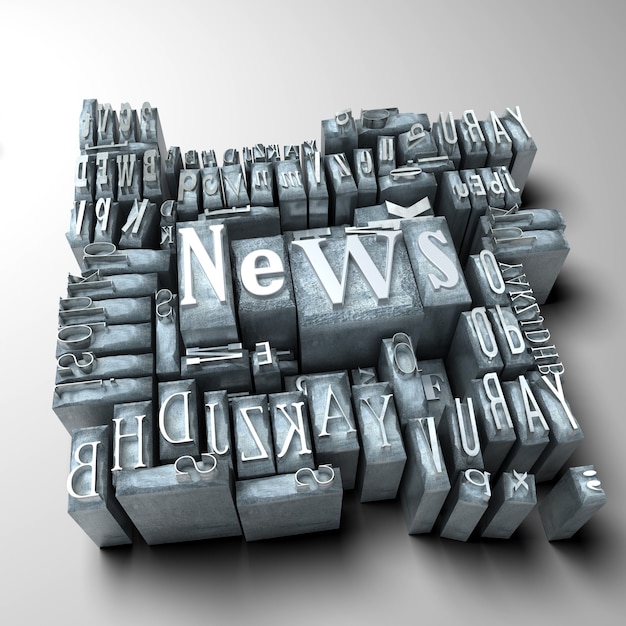In today’s fast-paced world, navigating complex environments such as airports, hospitals, and campuses can be a daunting task. Effective wayfinding signage plays a crucial role in guiding visitors and improving their overall experience. One innovative solution that is revolutionizing wayfinding is the use of 3D signs. In this article, we explore how 3D signs are transforming wayfinding solutions, enhancing navigation, and optimizing user experience in various settings.
![]()
The Importance of Wayfinding Signage
Enhancing User Experience and Accessibility
Wayfinding signage serves as a visual communication tool that helps individuals navigate unfamiliar spaces with ease. Whether it’s finding the correct terminal at an airport, locating a specific department in a hospital, or navigating a sprawling campus, clear and intuitive signage is essential for enhancing user experience and accessibility for all visitors.
Improving Efficiency and Reducing Confusion
Well-designed wayfinding signage reduces the time and effort required for individuals to reach their destinations. By providing clear directions and visual cues, such as arrows, symbols, and maps, 3D signs help users navigate complex environments more efficiently, minimizing confusion and frustration along the way.
Enhancing Safety and Security
In addition to improving navigation, wayfinding signage also plays a crucial role in enhancing safety and security. Clear signage indicating emergency exits, evacuation routes, and designated assembly points can help individuals evacuate quickly and safely during emergencies, contributing to overall safety and preparedness in various settings.
The Benefits of 3D Wayfinding Signs
Improved Visibility and Readability
One of the key advantages of 3D wayfinding signs is their enhanced visibility and readability. By incorporating depth and dimension into signage design, 3D signs stand out more prominently in their surroundings, making them easier to spot and comprehend from a distance. This increased visibility ensures that users can quickly identify and follow directional cues, even in crowded or busy environments.
Engaging and Memorable Design
3D wayfinding signs offer an opportunity to create visually engaging and memorable experiences for users. Unlike traditional flat signage, 3D signs capture attention with their tactile textures, bold shapes, and dynamic forms. By incorporating branding elements, colors, and graphics, these signs not only serve a functional purpose but also contribute to the overall ambiance and aesthetics of the environment.
Customization and Adaptability
Another benefit of 3D wayfinding signs is their flexibility and adaptability to different environments and user needs. Whether installed indoors or outdoors, in public spaces or private facilities, 3D signs can be customized to suit specific requirements and preferences. From large-scale directories to small-scale directional signs, the versatility of 3D signage allows for tailored solutions that meet the unique challenges of each space.
Conclusion
3D signs are revolutionizing wayfinding solutions by enhancing visibility, improving user experience, and optimizing navigation in various settings. From airports and hospitals to campuses and corporate offices, the use of 3D wayfinding signage offers numerous benefits for both visitors and facility managers alike. By harnessing the power of 3D design, businesses and organizations can create intuitive, engaging, and memorable wayfinding experiences that improve efficiency, safety, and overall satisfaction for users.




